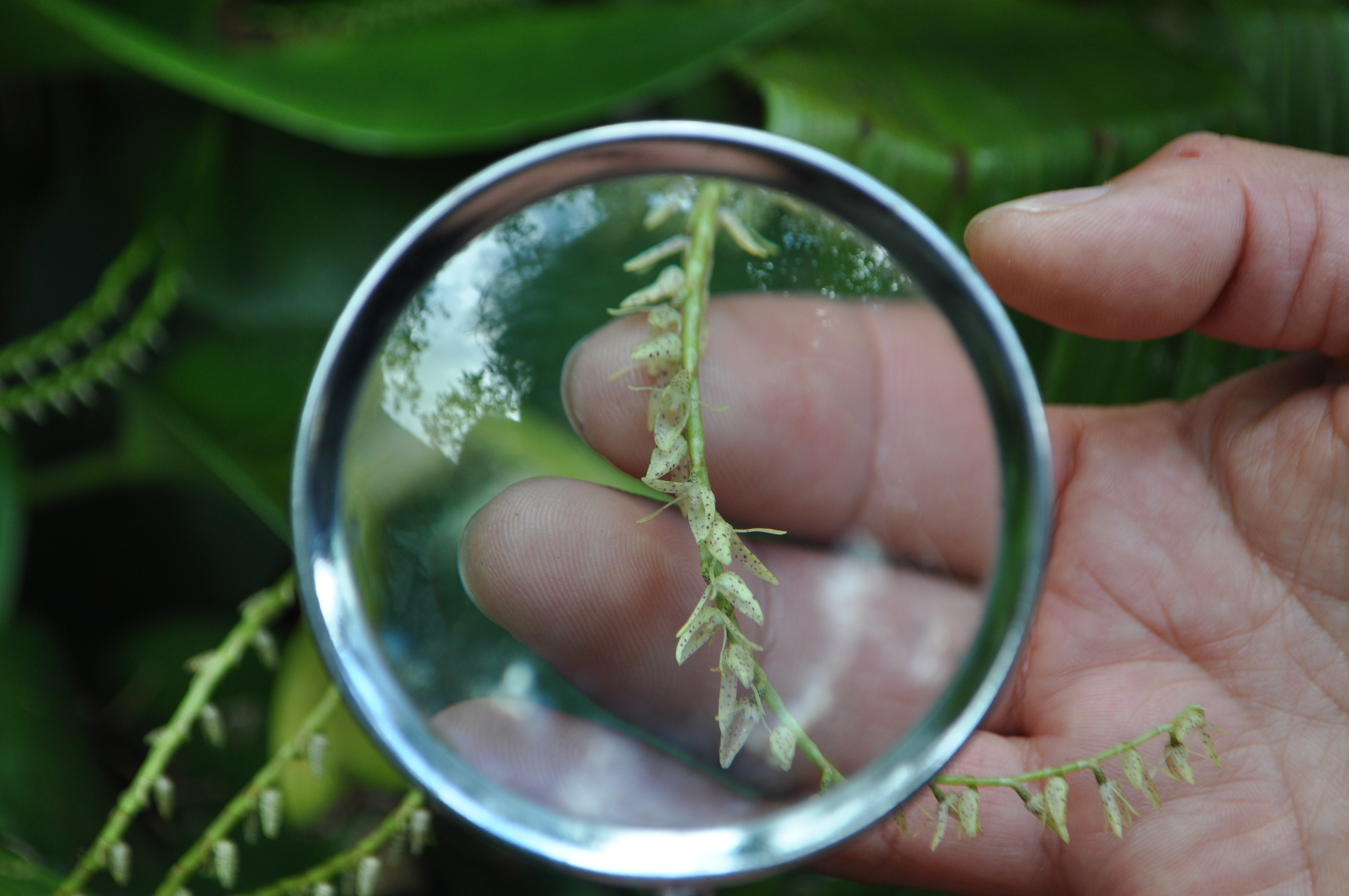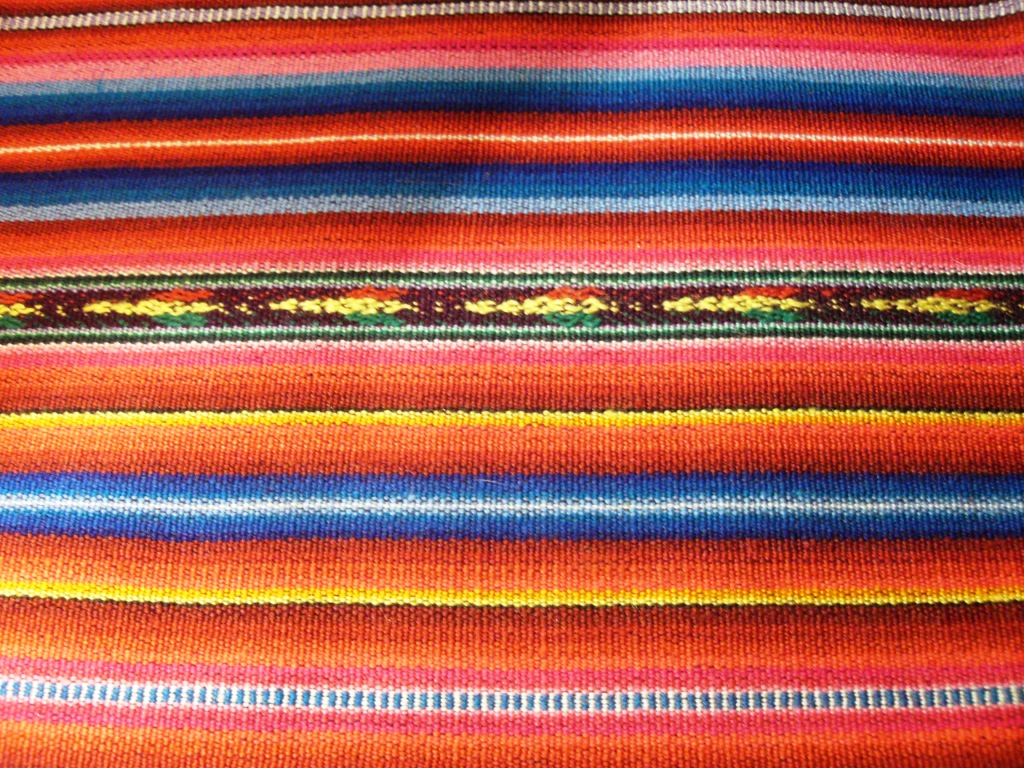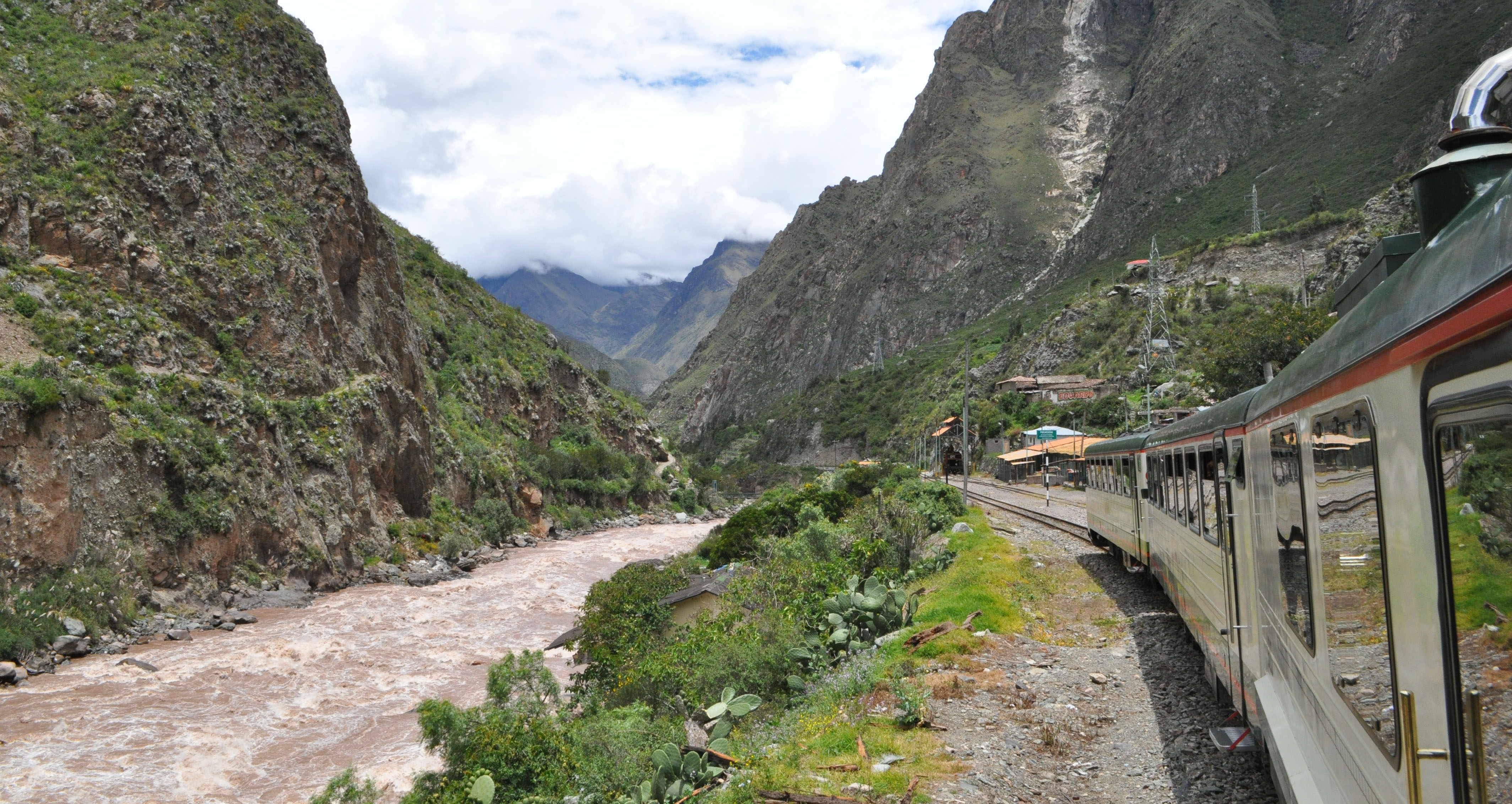The colors are dizzying: painted, hand-knit sweaters, street-art paintings, weavings, baskets, the ubiquitous Andean ear-flap hats. The sounds are cacophonous: the river raging in the background, the occasional shriek of a train’s whistle, voices importuning me to come into this stall, to touch, to view, to buy.
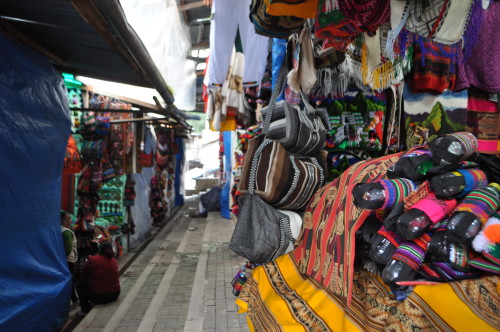 I remember Aguas Caliente from a visit more than 30 years ago. Then, it was a sleepy little pit stop; today, it has become Machu Picchu Pueblo, a bustling tourist town. On my first visit, there was little more than a youth hostel, some basic hot tubs at the town’s eponymous hot springs, and a lonely-looking train station. So few trains stopped there that we had to walk from Machu Picchu via the railroad tracks through a long tunnel where all we could do was hope we could get from one end to the other before an oncoming train roared through.
I remember Aguas Caliente from a visit more than 30 years ago. Then, it was a sleepy little pit stop; today, it has become Machu Picchu Pueblo, a bustling tourist town. On my first visit, there was little more than a youth hostel, some basic hot tubs at the town’s eponymous hot springs, and a lonely-looking train station. So few trains stopped there that we had to walk from Machu Picchu via the railroad tracks through a long tunnel where all we could do was hope we could get from one end to the other before an oncoming train roared through.
Fast forward to today: The train no longer goes to the base of Machu Picchu, but stops here instead. Narrow streets are lined with hustle, with hotels, inns, restaurants, cafes, and scores of vendors selling a bevvy of Peruvian souvenirs.
But walk downstream a bit, through the sales pitches and the parry-and thrust of haggling banter. After a while, the voices fade away. You enter a gate into the grounds of the Inkaterra Machu Picchu Pueblo Hotel. Everything is green, and probably wet: You are in the rain forest surrounded by mist, the roar of the river, clouds moving above, occasionally breaking to let in a stream of light. It is easy to understand why the ancient Inca worshipped the sun.
In Your Bucket Because…
- The property has been recognized for its unique blend of luxury, environmental concern, and authentic cultural interpretation by National Geographic, Travel + Leisure, and Conde Nast Traveler magazines.
- With its Spectacle Bear Rescue Center, its orchids and butterflies, its tea plantation and hot springs, it is a destination in itself — that just happens to sit at the base of South America’s most famed and important historical site.
- After a day spent visiting the ruins, there is still a ton to do — or, if you are so inclined — to not do: relax in the reading room, in the bar, by the fireplace, in a hot tub, or outside, where the sounds of the river and rainforest will wash over you.
WHERE AUTHENTICITY MEETS ECO-LUXURY
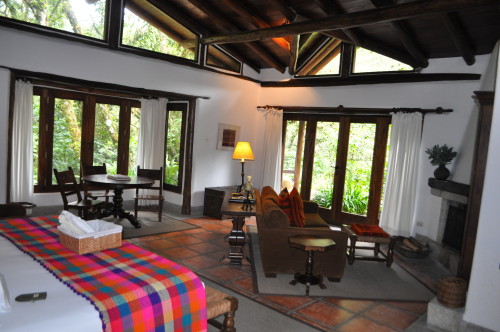
The Inkaterra Hotel at Machu Picchu Pueblo is owned by Inkaterra, the leader in the field of Peruvian ecotourism. At Macchu Picchu, the company has mastered the art of marrying upscale style and comfort with sustainability and authenticity. This is not one of those eco-resorts where “authenticity” means bunking with geckos and swatting at six-legged roommates. Instead, authenticity is firmly on the upscale end of the continuum, reflected in the architecture, the furnishings, the textiles, the carvings. In the glass-walled restaurant, it is found in the food: There are plenty of traveler’s favorites for those with less adventurous palates, but those with more experimental culinary leanings might try such local specialties as guinea pig. And of course, the national drink, the Pisco so
Step outside, though, and you are in the high-mountain rainforest, where thy-piercing peaks meet Amazon-bound tributaries. Dirt paths and trails lead around the grounds. I was surprised to learn that the majority of travelers spend only one night here: With one of the world’s great archqeological sites looming over head, and a property that includes nature walks (with guides, if you like), the Andean Bear (spectacled bear) Rescue Center, nearly 400 species of orchids, more than 100 species of butterflies, and 200 species of birds — not to mention the nearby hot springs that gave the town its original name — it seems like a place worth lingering.
Practicalities
- More than 80 beautifully decorated casitas in a range of categories, culminating in presidential-standard suites with their own plunge pools.
- A wide range of nature walks around the property are offered by guides who can give you details on everything from spectacled bears to butterflies, orchids to growing tea.
- The lodge combines respect for authentic local traditions and art with respect for the environment, with practices ranging from as recycling, to using hydropower, to serving organic tea grown on the property.
- The lodge will arrange visits to the Macchu Pichu historical site. The buses to the site entrance are found a few minutes walk from the town, and run back and forth every few minutes all day long.
